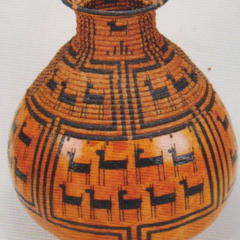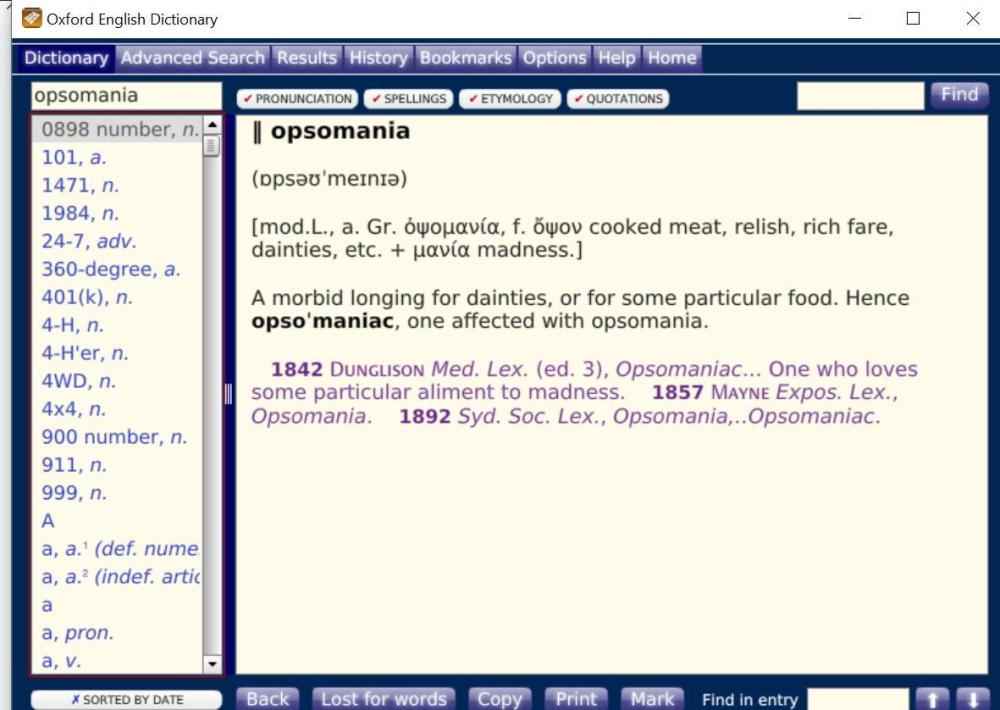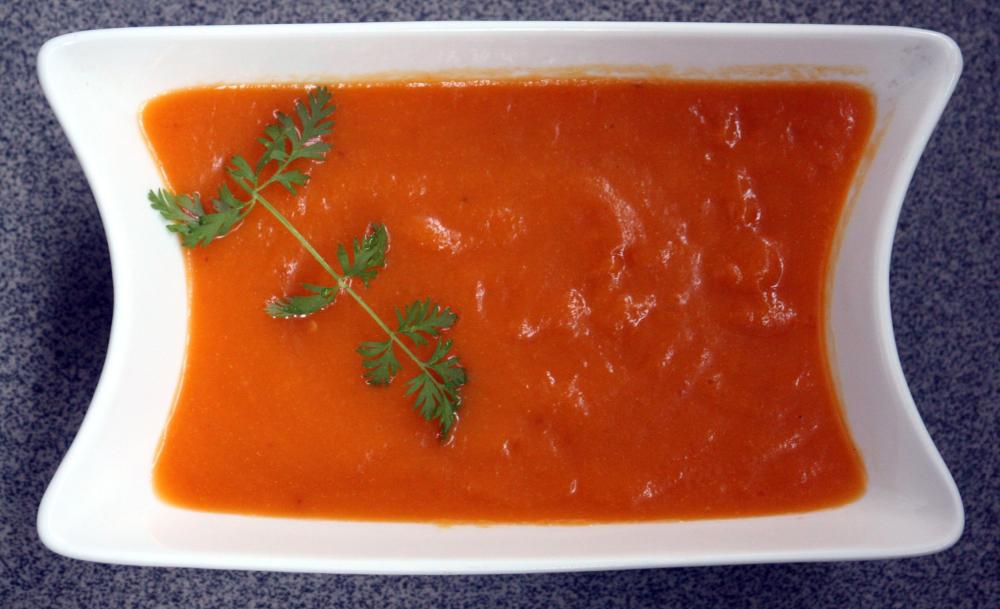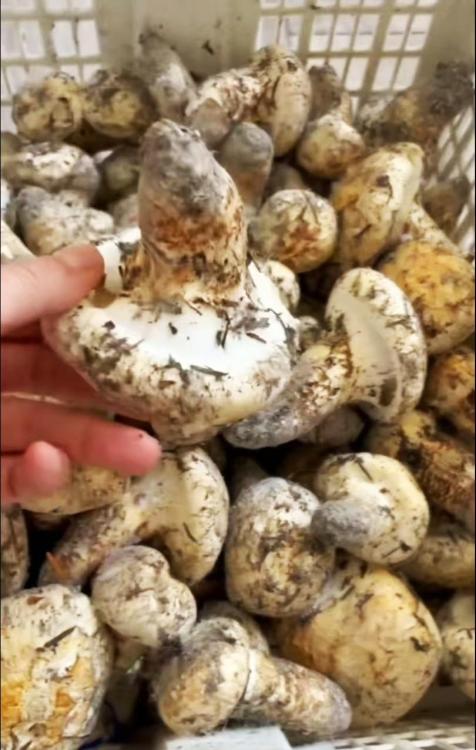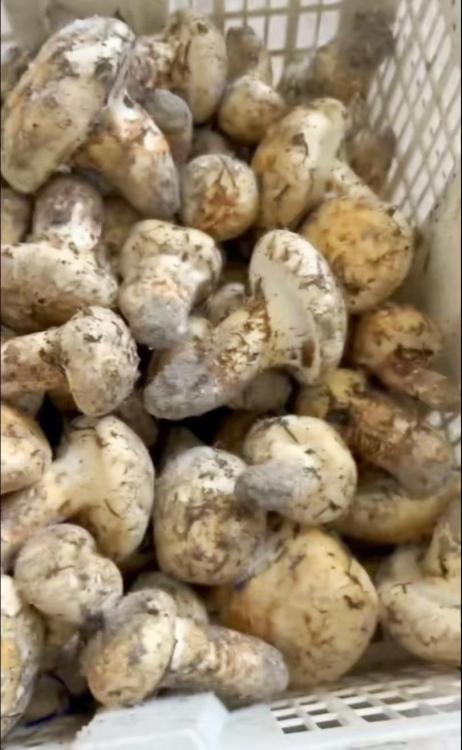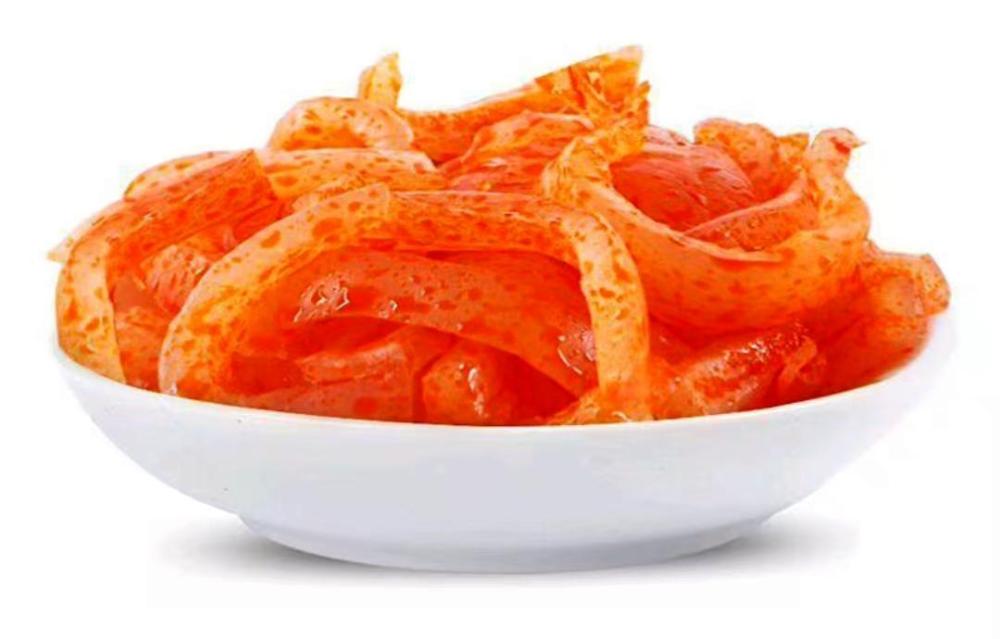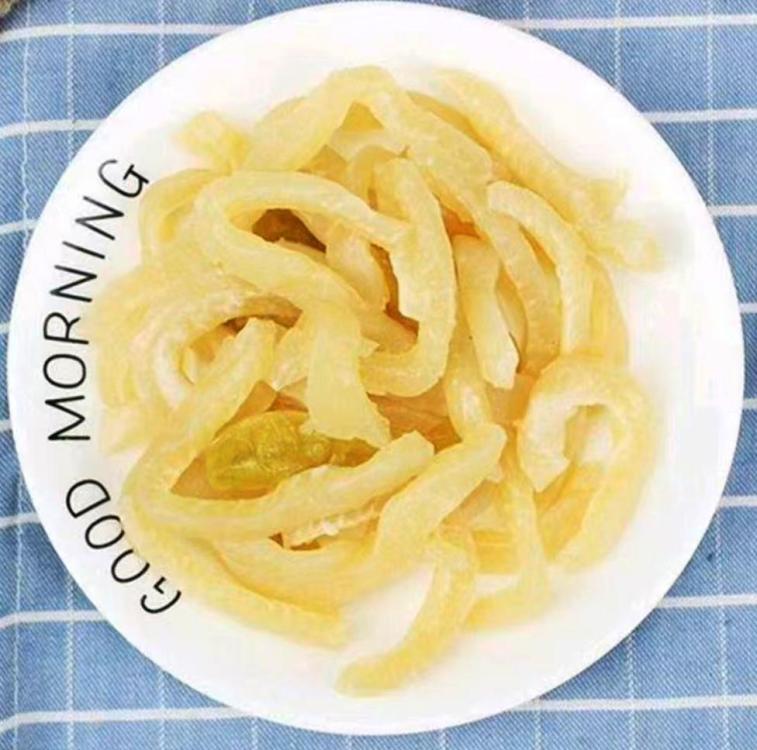-
Posts
16,670 -
Joined
-
Last visited
Profile Information
-
Location
Liuzhou, Guangxi, China
Recent Profile Visitors
86,899 profile views
-
I wouldn't say it's even particularly American. It is common in France. My grandmother served it in the 1950s, probably much earlier before I was around. It is also known in Italy and Germany. Indeed, the ancient Romans used it, too. Probably brought to the USA by German immigrants. China also developed the taste, probably separately.
-
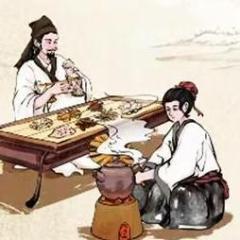
[Un]truth in Food Advertising: Marketing vs. Reality
liuzhou replied to a topic in Food Media & Arts
Most types of black rice turn purple-ish when cooked. -
Yes, I've had it many times but never used it myself. It is tasteless and valued only for its texture, something important to Chinese 'tastes'. There are many such foods.
-
I use wilted lettuce ll the time. It's probably the most common way to use it, round here. Not so much as a salad, but more a side dish, stir fried wilted with garlic and oyster sauce. Or dropped into soup dishes to wilt in the residual heat. Pea and lettuce soup is my favourite. Ditto with fried rice.
-
Civet cat aren't cats, for a start. Also most of the kopi luwak sold in Indonesia is fake.
-
I've on occasion used cumin instead of coriander in my carrot soup a couple of posts back. It certainly works, but I just prefer coriander. My taste buds.
-
My carrot soup doesn't use cream. I don't really have a recipe as such and wing it each time. But basically: Onions, fresh ginger and carrots fried till softening. Add chicken (or veg) stock, salt and white pepper and cook till vegetables are melting. Add ground coriander and blend until almost but not totally smooth. I use my Bamix blltzer. Serve with a topping of carrot tops as garnish. Never had any complaints. In fact, the first time I made it for my friend J she ate three bowls!
-
And I did. She tells me she cooks them in a Chinese style chicken soup or fries them in butter, The latter, she would never have done if she hadn't moved to the USA!
-
Yes, matsutake. I meant to say so. Will now edit. American matsutake (Tricholoma magnivelare) are a different species from Asian matsutake (Tricholoma matsutake) and I've only eaten the latter. Reports suggest the Asian are more valued. I don't know how my friend cooks them, but I'll ask.
-
My dear friend, a Tujia ethnic minority woman rom Hunan, China, now resident in the USA sent me these. Foraged matsutake from Gifford Pinchot National Forest, Washington State. She's just trying to make me jealous!
-
I'm a little surprised that no one has mentioned Supermarket Woman, directed by Juzo Itami who directed Tampopo and starring Nobuko Miyamota who played Tampopo (The two were a married couple). While not a cooking movie, it is centred on a food store and the shenanigans of running one. The comedy, which came 11 years after Tampopo , focuses on the in-store rivalries as well as with the competition. It is a load of silly nonsense but a fun romp and certainly full of food.
-
Yes. Literally, krupuk kulit is' leather crackers'.
-
Reading @KennethT's request for help in locating beef skin in New York City to make krupuk kulit, an Indonesian cracker, prompted this. I certainly can’t help with NYC shopping, but it got me thinking that I wouldn’t know how to source it here either. It’s not something I’ve ever seen and none of the online delivery people seem to offer it. Searching for 牛皮 (niú pí), the literal translation doesn’t help much in that it usually just means ‘leather’ in Chinese. I did see a lot of ‘interesting’ clothing, though. The only edible application I know of here is 牛皮晶 (niú pí jīng) or ‘beef skin crystal’ a chewy Sichuanese snack sold in small stores. It comes in two types This one is flavoured with litsea seed, giving it a mildly citrus taste. litsea seeds The other is the more typically Sichuan spicy ‘mala’ flavour. Neither are any help to @KennethT!
-
I only ever do Thai style crab cakes. Mayo? Get out of here!










